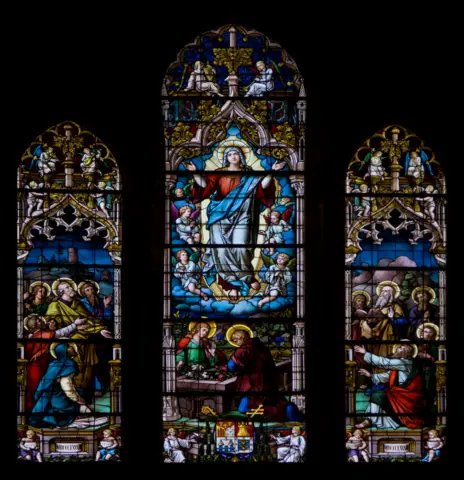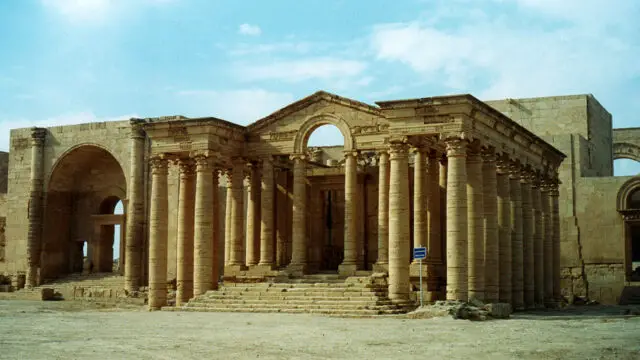The estate initially created by the merchant Stanley Lindo Morales (born in Kingston, Jamaica, 1875 – died in New Orleans, United States, 1958) houses the Hermitage of Aquiares. This was built thanks to the efforts of the wife of the merchant Lindo Morales, Mrs. RosalíaAcuña, so that the community of workers that made up the town of the same name had access to religious services.
To equip the hermitage, the Lindos did not skimp on ornamental elements. The main altar was made by the sculptor Ferdinand Stuflesser and imported from Italy. The image of Saint Joseph, to whom the temple was dedicated, and, above all, the beautiful stained glass windows made by the German firm Wilh Derix Kevelaer Goech, are assets of historical value, but, in addition, of high artistic value thatthe building still has.

In its construction, a wooden structure was used, covered in its facades with padded metal sheets that resemble bricks, while its entire interior is made of beveled wooden slats. Also, walls and ceiling have decorative geometric designs; especially the floors, with beautiful and colorful old mosaics.The hermitage sports architectural elements of Georgian influence. On its main façade, an entrance portico can be seen, supported by 6 wooden columns, forming a wide corridor. It has a central door with a double leaf and a semicircular arch. In addition, a small single-leaf door on each side of this porch, which, like the windows, also have theses hape patterns.
Each of the sides of the building has 5 of these windows; 1 small, three equal 3 and the last compound and much larger. Majestically, 8 out of these 10 windows are decorated with stained glass windows with biblical allegories of great artistic value. Above the entrance portico there is a central bell tower with a clock, also brought from Italy, and 15 lantern windows with a semicircular arch; 3 in the middle of the tower and 12 at the top of the bell tower.
To the scientific, historical and social heritage value of this temple, as well as that of other buildings that make up the Aquiares heritage site, it should be added that it is one of the few testimonies of the architectural typology that was developed in the coffee and sugarcane plantations of the Turrialba-Reventazón region, between 1890 and 1930.
A group of unique metal temples
Other metal temples in the area are Pavones and La Pastora. However, the Catholic temple of Aquiares is an almost unique exponent, even in the Caribbean region, which represents the influence of the Anglo-Antillean culture in the country.
It was declared a historical-architectural heritage in 1997, through executive decree No. 26271-C, according to the technical study prepared by Carlos Zamora Hernández, historian of the Cultural Heritage Center, 1996.
The Cultural Heritage Center made a technical visit to the temple

In response to a request and in order to advise on its conservation, three professionals from the Center for Research and Conservation of Cultural Heritage visited this temple. On behalf of the community, they were received by Rosa María Delgado, Carlos Fernández and Alberto Granados, who gave a tour of the entire building, including the bell tower.
The technical staff of the Cultural Heritage Center valued the details of interest that the community leaders explained to them took note of the key points of the tour and made an architectural, topographic and electromechanical technical report of the heritage building, as part of the monitoring and advice that the institution provides.

